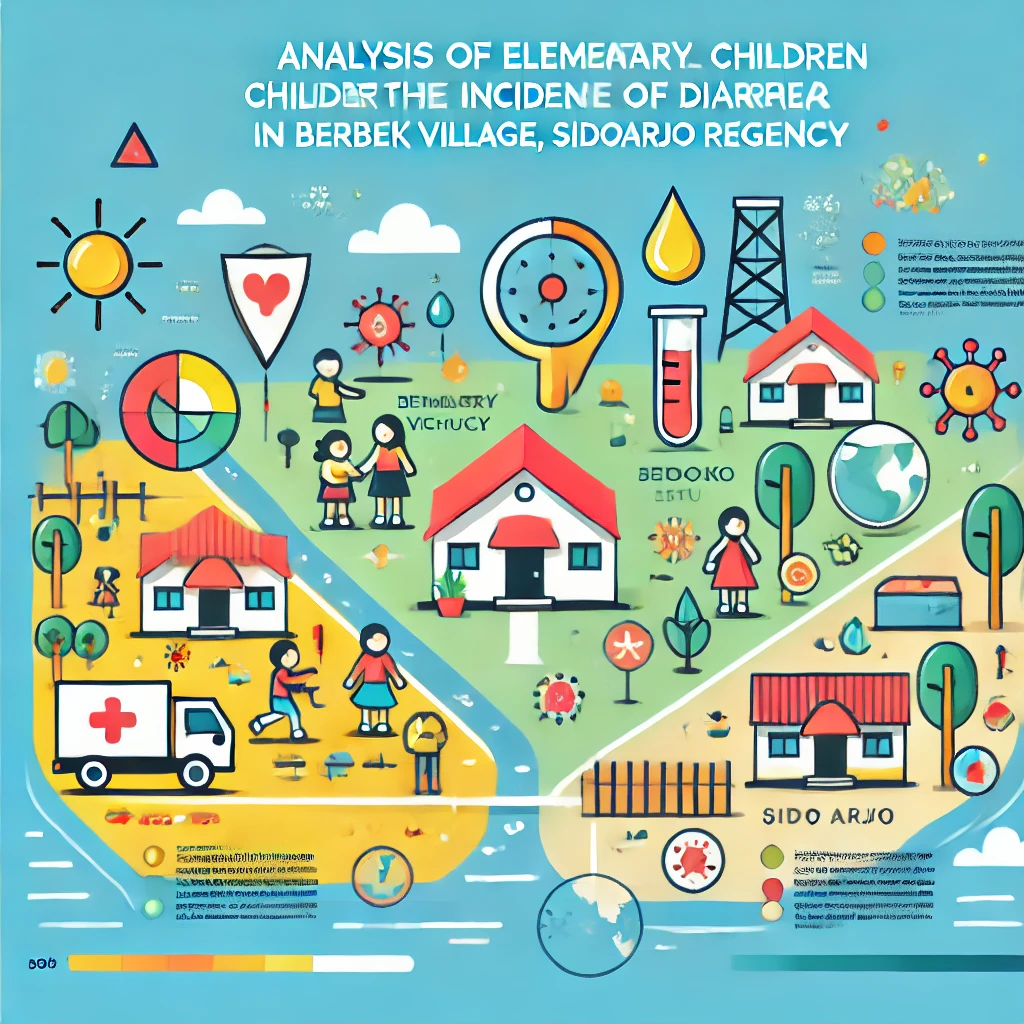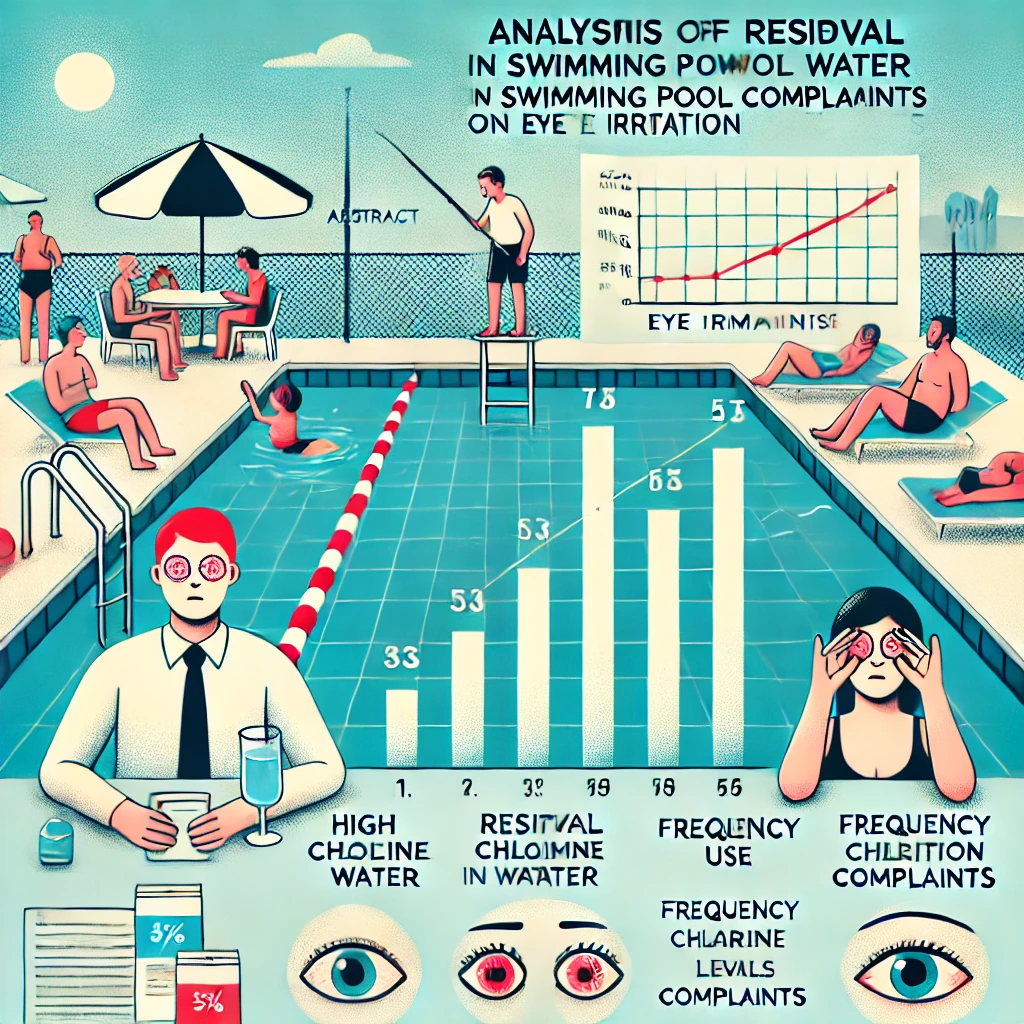Peer Review Process
Public Health Research Development is a peer-reviewed journal with a double-blind method. Every article submitted for publication will go through a peer review process. Peer review involves evaluation by two or more individuals with similar expertise to the author, to assess whether the article is worthy of publication. This process aims to maintain the quality standards and credibility of the article. Peer review in International Journal of Social Health is conducted in 9 stages as follows:
- Manuscript Submission
Corresponding authors submit manuscripts to the journal through an online system powered by the Open Journal System (OJS), but also accept submissions via email in the interim.
- Assessment by Editorial Office
Journal editors conduct an initial screening to ensure the manuscript fits the focus and scope of the journal, and follows the writing guidelines. At this stage, the basic quality of the manuscript, including the potential for major methodological errors, begins to be evaluated. Successful manuscripts are checked for plagiarism using Turnitin before being forwarded to the reviewers.
- Evaluation by the Editor-in-Chief
The Editor-in-Chief evaluates whether the manuscript is original, interesting, and significant enough to be published. Otherwise, the manuscript may be rejected without further review process.
- Invitation to Reviewers
Editors send invitations to individuals deemed suitable as reviewers based on relevant expertise and research interests, and considering conflicts of interest. The peer review process is conducted by a community of experts in a specific field of social science. A double-blind system ensures anonymity for both authors and reviewers.
- Response to Invitations
Potential reviewers consider invitations with respect to expertise, conflicts of interest, and time availability. If they decline, they can make suggestions for alternative reviewers.
- Review Process
Reviewers read the manuscript several times to form an initial judgement. If major problems are found, the manuscript may be rejected at this stage. Otherwise, the reviewer makes a detailed review with recommendations to accept, reject, or request revisions.
- Journal Evaluates the Reviews
The Editor-in-Chief and the editor-in-charge assess all reviews received before making a final decision. If reviews differ significantly, additional reviewers may be invited.
- Communication of Decision
Editors send the decision to the author along with the reviewer's comments anonymously. Reviewers are also informed of the outcome of their review.
- Final Stage
If accepted, the manuscript is processed for copy-editing. If rejected or revision is requested, the author is given constructive feedback for improvement. After revision, the manuscript is resubmitted. If it is only a minor revision, the editor-in-charge may do the review. This process takes 6-12 weeks, and the final decision is determined by the editor based on feedback from peer review. Accepted articles will be published online and can be downloaded in PDF format.




















